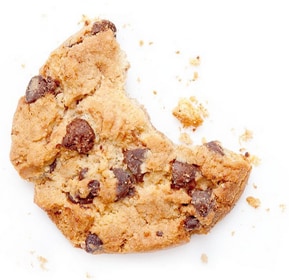
...well almost. The book was written in the hope rather than the belief that they find some help from it.
About the Book
This book is dedicated – to anyone, who tries to teach medicine instead of just reporting medical facts – and to anyone, whose stumbling feet find the MRI path difficult.
Chapter 1 – General Overview of MRI

What happens, when we put a patient into the magnet of an MRI machine? To understand this, it is necessary to at least know some very basic physics – even though this may seem to boring.
Chapter 2 – Sending in a Radio Wave

The term radio wave is used to describe an electromagnetic wave that is within the frequence range of the waves, which are received by your radio. Well, you can imagine it is not quite like this kind of radio wave.
Chapter 3 – Relaxation and Timing

When you go to your favorite bar, which is naturally crowded, and order a long drink, you have to wait quite a while to get your drink – T1 is long. When you finally have your long drink, it also takes a long time to drink it, so T2 is also long.
Chapter 4 – Spin Echo Sequence, Flow Effects and Contrast Media

Let us go back to our spin echo pulse sequence. For certain different reasons, such a pulse sequence is repeated two or more times.
Chapter 5 – Many More Sequences

We already heard about the term pulse sequence. Many different pulse sequences have been developed, and we should be familiar with their basic concepts. So let us take a look of them.
Chapter 6 – From Image Time to Slice Thickness

As we have just seen, fast imaging sequences decrease imaging time. Is there any other way to decrease this time? What does actually determine the imaging time?
Chapter 7 – The Final: Encoding, Nuclei for MRI and Hardware

Now we have selected position and thickness of our slice. But how can we find out, from what point of our slice a certain signal is coming from – information that we must have to construct an image?



